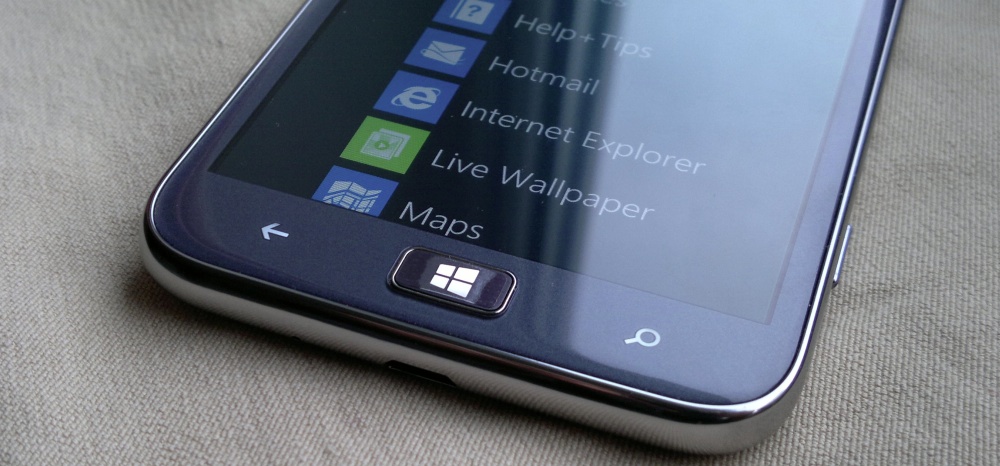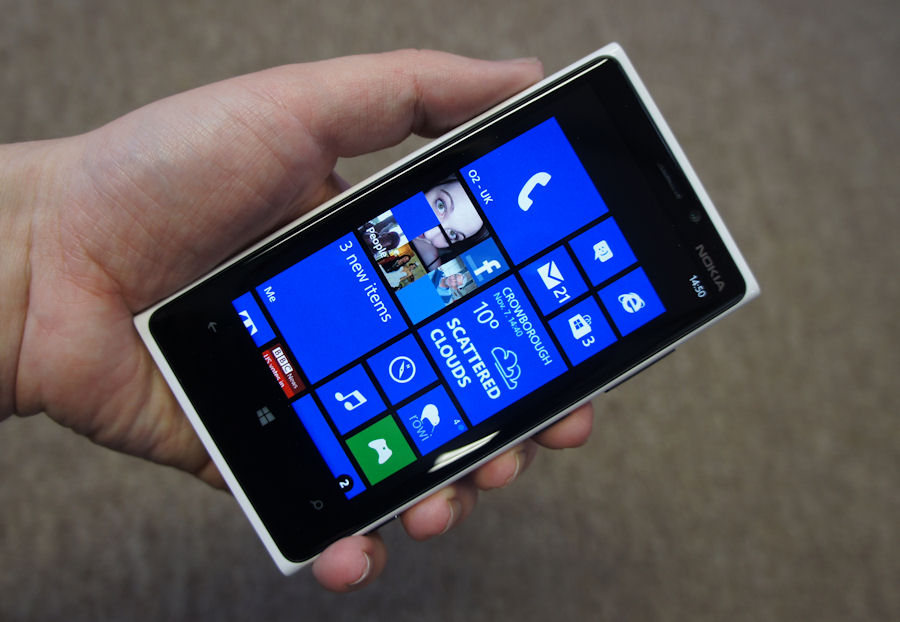Take Samsung as the extreme example. The ATIV S was announced on August 29th, well ahead of public availability, and that's about all the work that Samsung did with the handset. It felt like a derivative of the Galaxy S III, and while it was technically a solid handset with good specifications, it's been offered little love by its South Korean parents.
Is it any wonder that Samsung commented that demand for Windows-Phone-based devices was low when they failed to tell anyone about the device, and have no ongoing corporate story to tell about the ATIV S?

The other end of the scale is Nokia. Yes, they have an advantage that they have multiple handsets to release (as I write this they're up to five base Windows Phone 8 models, plus variants of each for networks around the world). It always seems that Nokia are either just about to launch, or have just launched, a new Windows Phone handset. Which of course pushes the message of Nokia and Windows Phone to the public, helped out by some references and numbers to the older models in each presentation.
Nokia are also able to tell their story about Windows Phone. Whatever you might think of the current version of the Nokia Conversations blog, it gives them a direct and unfiltered route to consumers, it helps to feed ideas towards the many smartphone websites and blogs, and it allows them to continually remind people that Nokia are selling Windows Phones right now and are going to continue selling them.
Confidence. Reinforcement. Promotion.
Even allowing for the increased portfolio, is it any wonder that Nokia sell four out of five Windows Phone handsets?
Which leads me to HTC.

What exactly is their strategy? In the HTC 8X they had a handset that was given hero status by Microsoft, and one of the leading spots in the PR. The 8X was a good first handset for Windows Phone 8, and HTC made the right moves throughout the launch windows. The HTC 8S was announced at the same time but availability differed to the HTC 8X so that promotional campaigns could run in sequence, benefiting both handset types.
Now that has died away, HTC are back in quiet mode, hoping that people pick up the handset on the shelves of network operators around the world on the back of memories and in store demo handsets.
The issue is money. Promotion and marketing costs money, and HTC are in a bit of a downward spiral at the moment. The temptation to hold on to the purse strings to preserve the 'runway' of capital will be huge, but the investment in marketing should, if used correctly, result in more sales across the range of devices, more recognition of HTC as a brand name, and provide a feeling of comfort to the current users.
If you want to look at how successful ongoing marketing can benefit a handset, a manufacturer's portfolio, and a platform as a whole, it's time to look at Samsung. But specifically the Samsung Galaxy range of devices. The Galaxy S III handset is one of the biggest single selling handsets, depending on how you count the numbers.
Samsung's marketing budget is also one of the largest in corporate history - outspending Apple. And Microsoft. And The Coca-Cola Company. By putting the Galaxy brand absolutely everywhere it left people in no doubt what the leading handset was in the local stores. There was far more in terms of logistics, design, and development, but a large part of the success can be attributed to the marketing spend and power that Samsung wielded... which they can now reap the rewards from.

Windows Phone manufacturers need to consider this and be pro-active. Any piece of consumer electronics nowadays needs momentum behind it, but the pace of change places a lot of friction on the message. A continued slow burn strategy is needed to build up some serious presence in the minds of consumers.
To a certain extent, Nokia are in the Samsung seat with Windows Phone. They are investing in the marketing, and that brings them the lion's share of the sales, which gives them more flexibility to do more advertising, and create a virtuous cycle.
Windows Phone is not going to sell itself, it needs investment and commitment from everyone involved to constantly engage with social media and to talk about the handsets beyond the launch periods, not just from the single partner that's dominating the sales.
